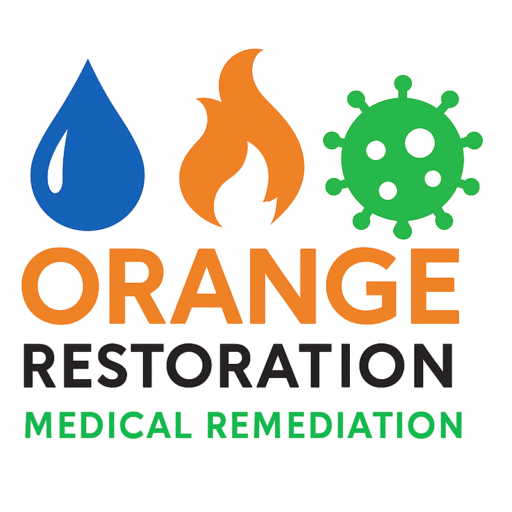Medically sound remediation does not involve disinfecting, killing, or encapsulating mold but instead focuses on completely removing it from building materials. It adheres to higher standards to prevent re-exposure and ensure a safe environment for recovery.
What are the key elements of Medically Sound Remediation Services?
- No use of antimicrobials
- No encapsulation
- No sealing of cavities
- White glove test for thorough cleanliness
- All discoloration must be remediated
- Mandatory decontamination chambers
- Continuous negative air pressure
- Strict PPE protection
- Full 6-mil containment barriers to prevent cross-contamination
The key differences between Medically Sound Remediation and Traditional Remediation lie in the level of detail, the protocols followed, and the ultimate goal of the remediation process. Here’s a breakdown of the main distinctions:
1. Focus on Health vs. Structure
- Medically Sound Remediation prioritizes occupant health, especially for those with conditions like CIRS, mold sensitivity, or other environmental illnesses.
- Traditional Remediation primarily focuses on structural integrity and preventing further damage.
2. Cleaning Standards
- Medically Sound Remediation goes beyond visible mold removal, addressing ultrafine particles, biotoxins, and airborne contaminants to create an environment safe for hypersensitive individuals.
- Traditional Remediation typically follows industry-standard guidelines (like the IICRC S520) to remove visible mold and prevent regrowth but may not eliminate the small particles that continue affecting health.
3. Testing and Verification
- Medically Sound Remediation often includes detailed post-remediation verification (PRV) testing, such as:
- ERMI (Environmental Relative Moldiness Index) testing
- HERTSMI-2 (Health Effects Roster of Type-Specific Formers of Mycotoxins and Inflammagens-2)
- ATP testing for biological contaminants
- Airborne and settled dust analysis for small particles
- Traditional Remediation may only include standard air or surface sampling post-remediation, primarily checking for visible mold presence rather than microscopic contaminants.
4. Use of Biocides and Cleaning Agents
- Medically Sound Remediation avoids harsh chemicals, using medical-grade HEPA filtration, mechanical cleaning, and safer products to remove contaminants without introducing additional toxins.
- Traditional Remediation often relies on chemical biocides or fungicides, which may kill mold but can leave behind harmful residues.
5. Cross-Contamination Prevention
- Medically Sound Remediation follows strict containment, negative air pressure, and decontamination protocols to prevent cross-contamination of fine particles throughout the home.
- Traditional Remediation typically uses containment but may not account for the smallest particulate spread.
